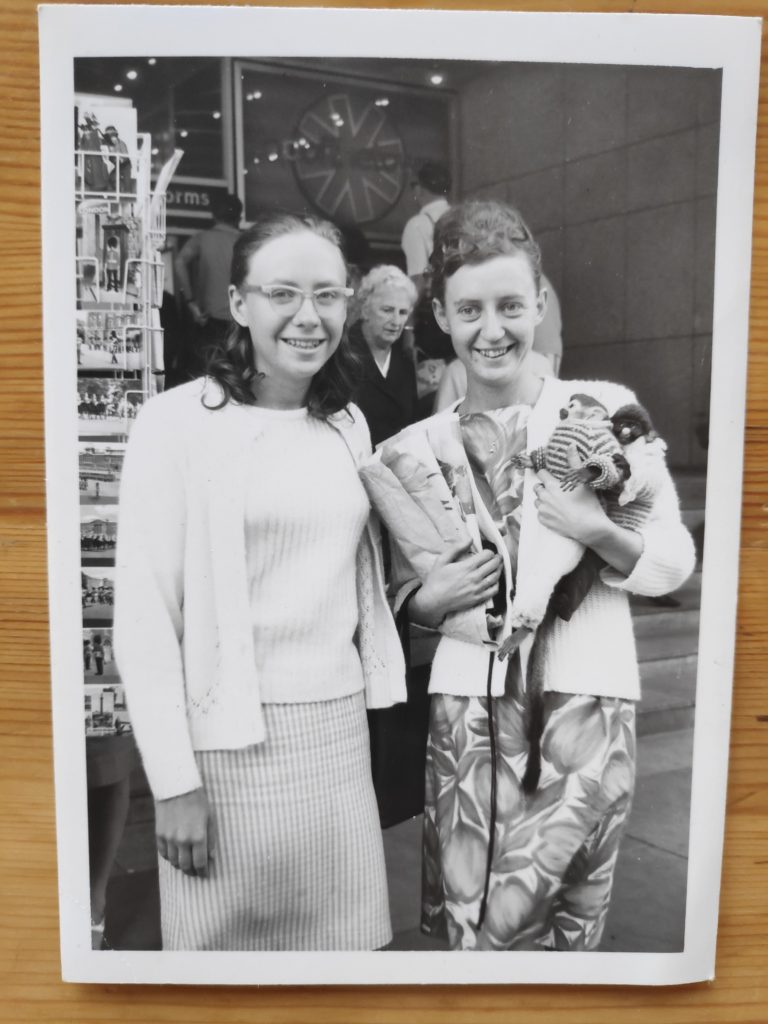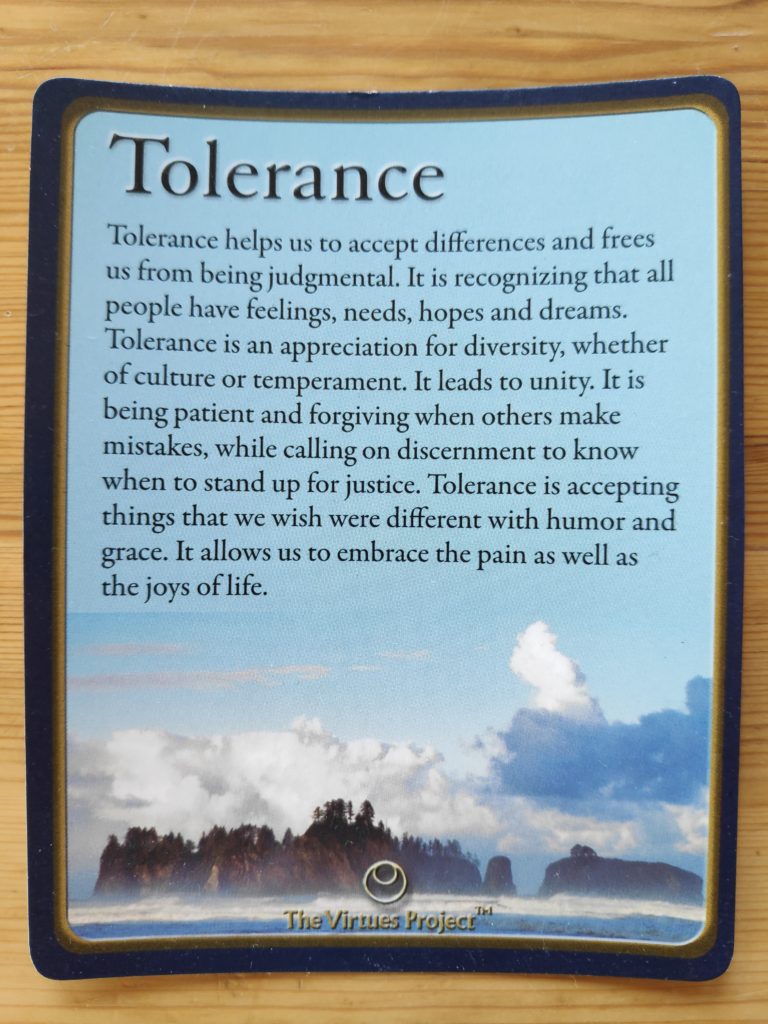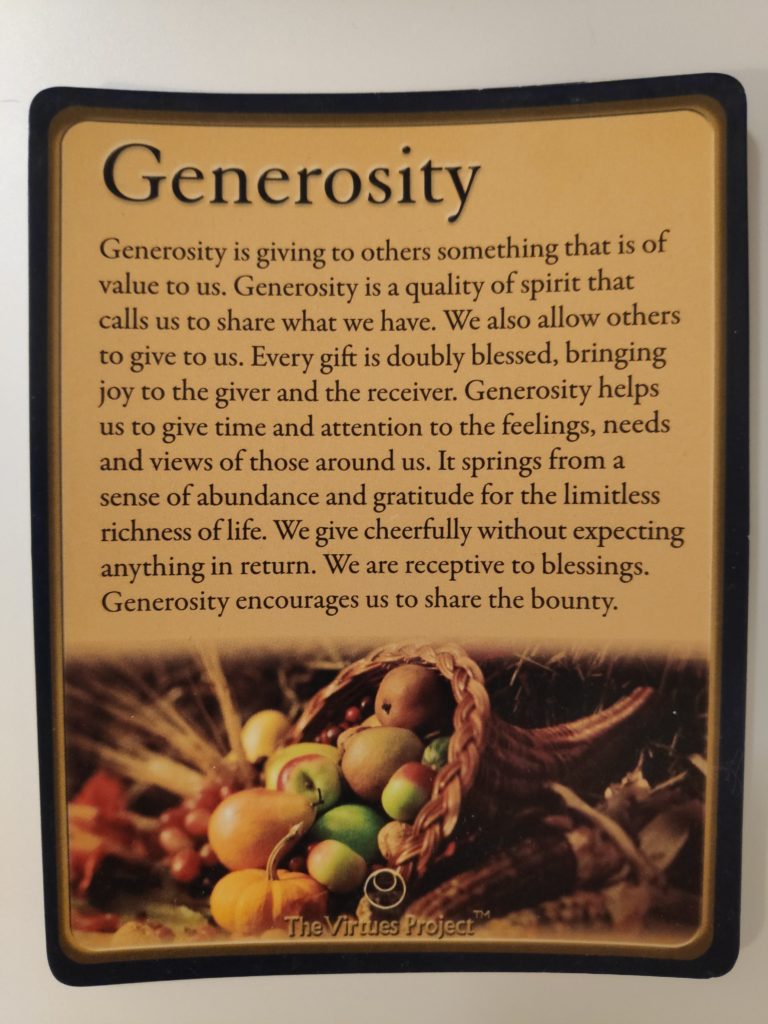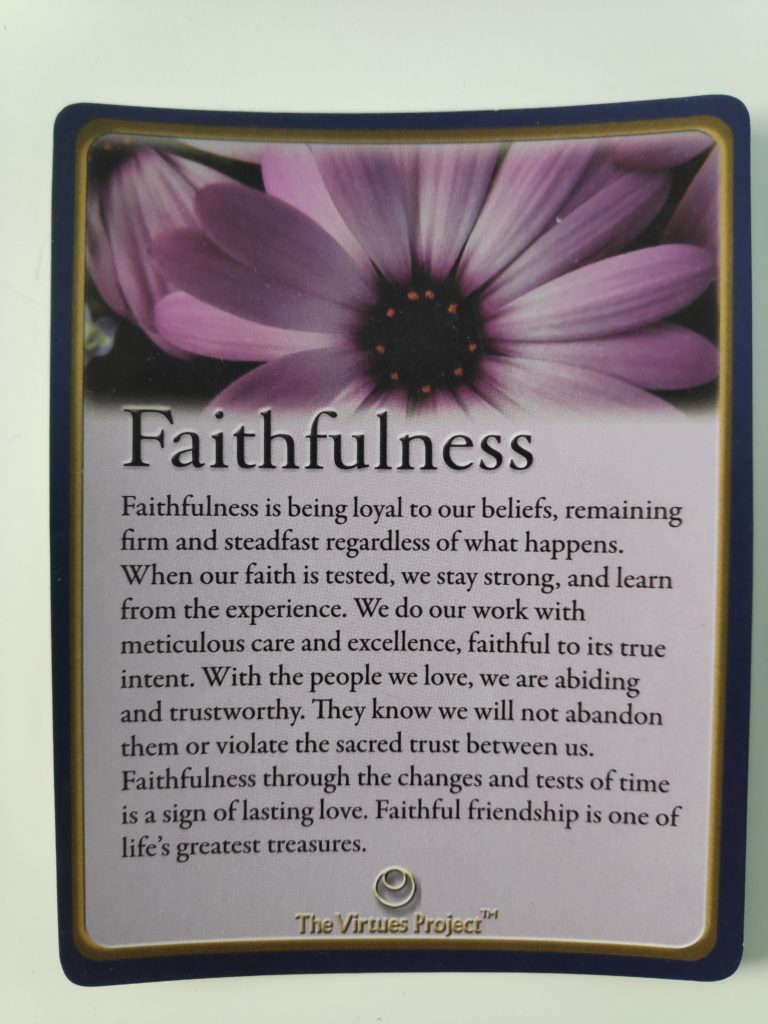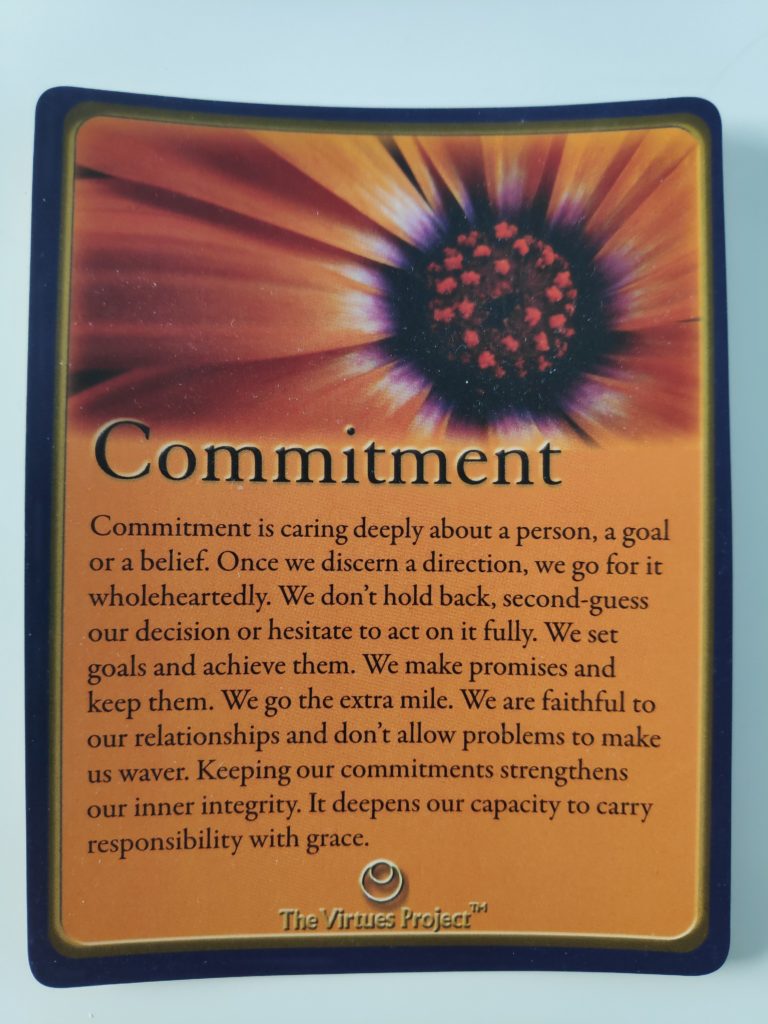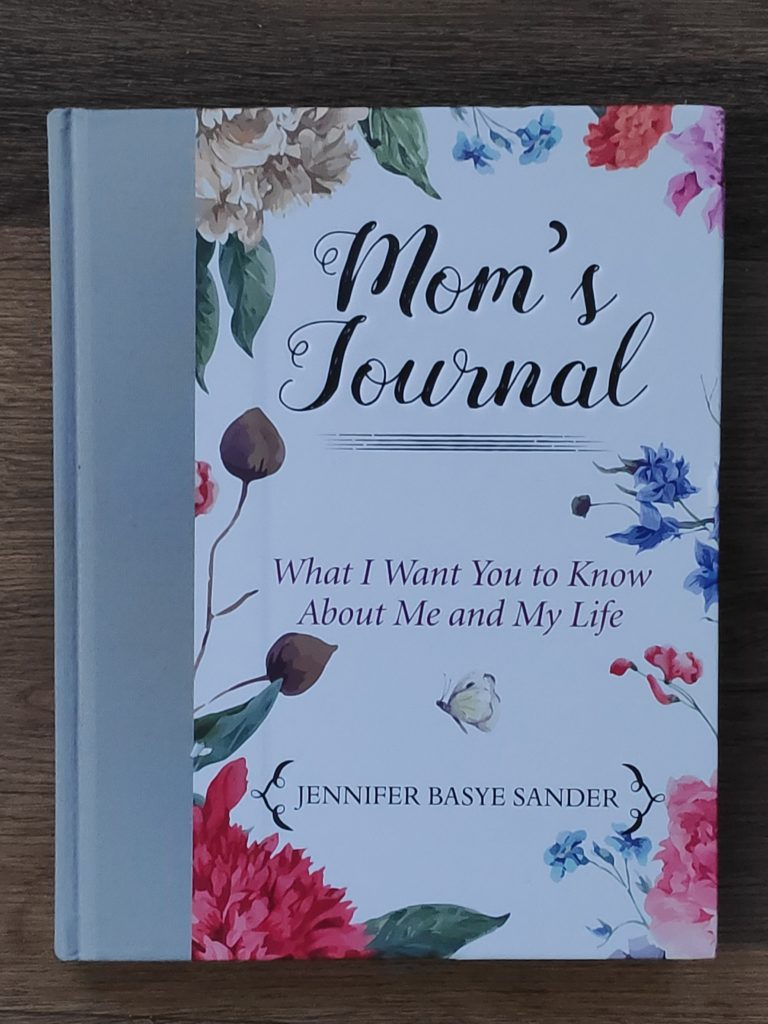This series of blogs started off as a record of my memories, both how little I remember from over 50 years ago and how inaccurate I remember things. Now, however, postcards and letters written home during the trip have been found so that the memories will be added to with information written at the time. In addition, I look things up online to see what historical information is available and perhaps some comments as to what has happened to a place since then.
Cobh is on the south side of Great Island in Cork Harbour. The name is a Gaelicisation of the English word “cove”. At one time it was called Queenstown by the English and it was a major transatlantic port for emigrants from Ireland. The harbor is quite sheltered as ships travel several kilometers into a very sheltered bay.
We arrived at 19:00, so the day was almost finished. Though today, Cobh is a cruise ship terminal, when we arrived the Arkadia anchored in the bay and a tender took us to land. This may have been because we were so few passengers that were getting off there, but I also wonder if there wasn’t a terminal or quay suitable for ocean liners.
From a letter written at the time: ” We got into Cobh at 3 pm today but weren’t able to get off the boat till 7 pm because the Rotterdam was also in & was using the tender. Boy what a wait. – we weren’t able to get any dinner either which didn’t please us too much. We got through customs etc. all right and then had a 5 min. walk to a Guest House where we are staying. It is very nice. a big room with twin beds. Mrs. Allen gave us some supper too which was very good.”
We spent one night in a guest house here. I remember Mrs. Allen as a very friendly lady and she arranged a place for us to stay in Cork for the following two nights. I imagine she had a friend who also ran a guesthouse, or bed-and-breakfast as they were often called.
I don’t remember if it was Cobh or Cork, but I remember hearing the church bells all night, something that was quite unusual for me.
I don’t remember much about Cork itself, but we took two tourist trips from here. One trip was to Blarney Castle and the other was to Killarney.
Blarney Castle
Blarney Castle is a medieval castle from 1446 and is the location of the Blarney Stone. Its reputation is that gives the “gift of the gab”, in other words, the ability to speak well, however I did not like its location and refused to try to “kiss” it. You climb a high tower, then lean over backwards over an empty space to touch the famous stone. No thanks, not for me. We did climb up though and get a view of the area.
According to the letter sent at the time, we took a bus out to Blarney Castle and then back again.

Killarney and County Kerry
The next day we took a tour bus trip to Killarney which is in County Kerry. The bus driver would have been the guide and he would have told stories about the different places we drove through. There is beautiful scenery in this part of Ireland and quite rugged mountains. There are very few forests in Ireland as most of the flat land is cultivated. Grazing animals, such as sheep, would keep vegetation low as well.
I have two memories of bus trips, probably in Ireland. The first is how difficult it was to see over the hedgerows. This was particularly true in agricultural areas. Another memory is how the bus driver would toot his horn before going round a tight bend in the road, in order to warn anyone coming in the opposite direction. Tourist buses could be on narrow country roads which might not have let two vehicles pass easily, especially in the curves. But I also remember family members driving us around in Ireland doing the same thing.


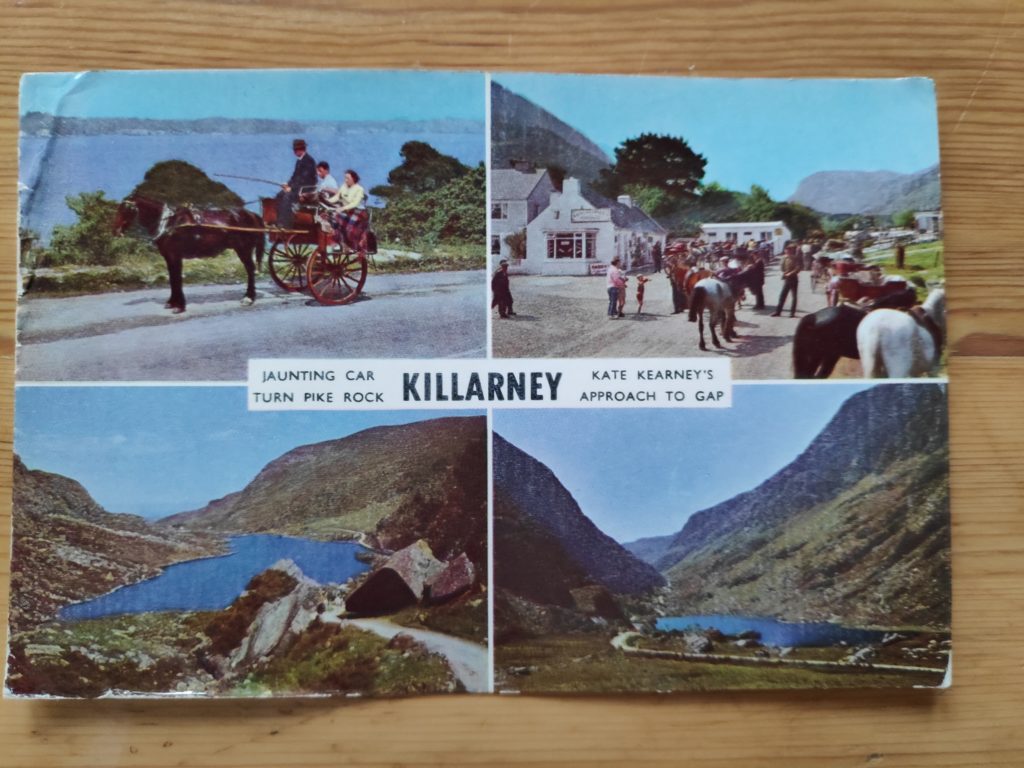
From a letter, the route the bus took was Cork, Macroom, Ballingeary, Glengariff, Kenmare, Moll’s Gap, Killarney and back via Loo Bridge and Macroom to Cork. According to Google maps this is about 250 km on today’s roads and 4 hours of driving. The letter indicated that we had a two-hour stop in the town of Killarney, I would presume so one could get a meal or take a ride on the horse and cart.





